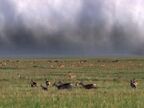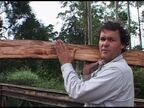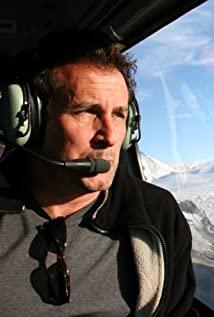1/3 of the earth's surface is desert. There are large temperature differences between day and night and seasonally. Wild Bactrian camels eat snow and mate in winter. Why is there snow in the desert? Himalayas. Sahara Africa, the largest desert in the world, with an area equivalent to the United States; sandstorms; dromedary camels, insects, sand snakes. Great Sand Dunes in Namibia. eroded rock. Desert scorching sun ①Red kangaroo, Australia, shade, licking saliva to cool down, pushing away the hot soil and approaching the cool land. ②The fennec fox in Africa has big ears to dissipate heat and is active at night, toads and scorpions, and most small desert animals are nocturnal. ③Atagama Desert in Chile, the driest in the world, some places haven’t rained for 50 years, camels and camels in South America, the water comes from cactus, where does the water from cactus come from? With its parallel cold current, cacti will absorb water vapor, life-saving water for many animals. ④The Sonoran Desert in Arizona is not so dry and has occasional rainfall, so make good use of it. Tree-shaped cactus, the stem holds water, supports animals, blooms at night, and nectars for migrating bats. (It looks so cute after flowering.) ⑤ Utah desert, limestone, dangerous peaks, no water storage, few animals, limited resources, Nubian goats, low-rank billy goats duel, lose the right to mate forever, win on the way to the kingship. Lizards, riverside, eating gnats (jump up and eat flies 233) What really kills animals is not the high temperature, but the lack of food. Namibian elephants are some of the toughest animals in the world, and they must be. Lion, antelope. Elephants have found their favorite food, grass roots. Flash floods, mountain rains, once or twice a year, once a day or two, bring greenery within a week. The antelope came out for food, and the lions came out to hunt the antelope. Death Valley is in full bloom. African desert locusts (small migratory locusts are grasshoppers, they can become adults and fly in four weeks), constantly flying along the wind, huge swarms of locusts, eating up all their food.
View more about Planet Earth reviews









